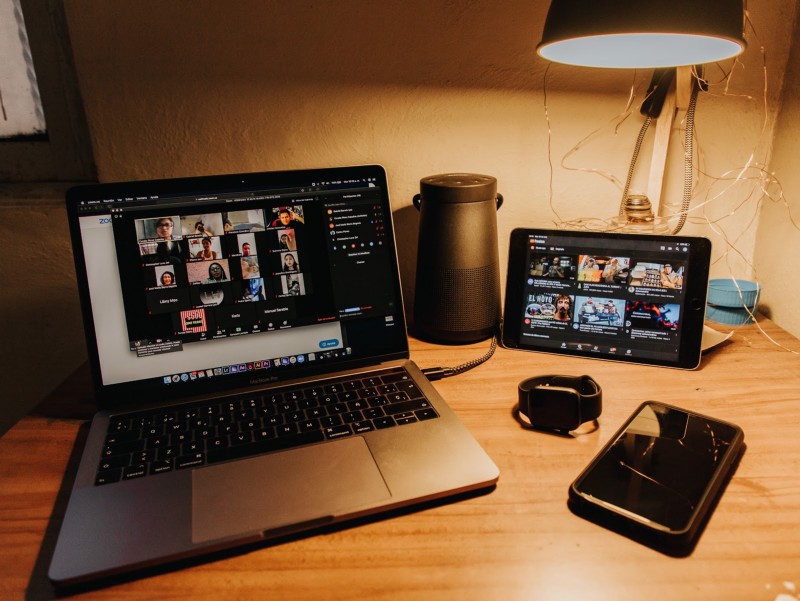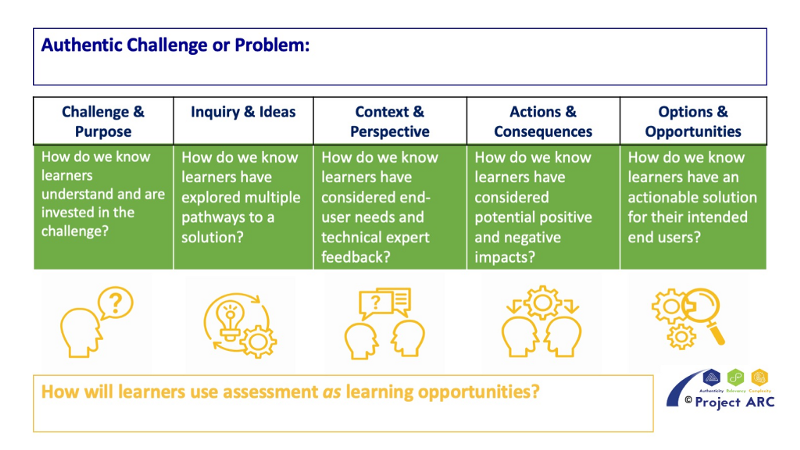The educational landscape has changed overnight since COVID-19 has infected our world, leaving repercussions in its wake. With millions daily exploring new ground in distance learning, school is anything but business as usual. This disruption has caused widespread anxiety among administrators, educators, parents and students who are rebuilding their systems to suit the test of the time, with the exception of a few outliers who have built future forward school communities from the start. More and more innovative schools find lessons — and opportunities — in remote learning. One such unassuming outlier is u.school.
Based in Springfield, Missouri, u.school is all about “growing self-directed learners who are confident, competent, and caring human beings.” In using Headrush as a platform to capture and manage student learning, u.school is able to guide authentic learning that happens anywhere, whether that be in the classroom, in the field, or, as we are seeing now, more often in the home and around neighborhoods due to school closure.
In speaking with Headrush, Pat Misterovich, co-founder of u.school describes it “as library and not a school, conceptually or philosophically… The students walk in the door and there are all kinds of resources. We are a collection of resources, including human resources. Our job is to measure you over time, or build your story over time, but school is only one of many resources for our students as well.”
In growing self-directed learners, the u.school community has a couple of simple philosophies that guide what they do. Each and every person brings unique life experiences, has signature strengths, and learns and develops at their own pace.
Here Pat tells us more about u.school and how they find opportunities in the time of remote learning as a self-directed, agile school model.
You push back against the idea of having any kind of graduate profile. Why is that and what does an ideal u.school graduate look like?
Our job isn’t to turn them into something. We understand, every kid walks through the door a unique individual with their own strengths with their own interests, our job as a school is to be so adaptive that we can make a school that works for that kid. As opposed to saying, a graduate of this school looks like…X, Y, Z. I don’t know what they should look like, an individual? That’s the most important thing. We do agree students should be self-directed, but even two people’s self-directedness might look different.
Being a self-directed school, what are your students working on during school closures that others could learn from?
We wanted to give students autonomy, so we came up with the idea of the DS tracker, or DO SOMETHING Tracker. We had started this idea before we had to switch to At Home mode but it has proven useful during this time. This is meant to give students the freedom to simply spend 25 hours doing ‘something’ and then record and reflect what they did during that time.
The framework is simple:
-
Record 25 hours of your life that you consider learning in one way or another (piano lessons, learning to cook, coding, reading, hanging with friends.)
-
At the beginning of the week consider what you think you are going to spend your time on. At the end of the week look back at what you actually spent your time on.
-
Make sure that you are using Headrush to reflect on what you are doing and record Evidence of Learning.
What they submit to us is initially a spreadsheet that tracks how they spent their time. The DS Tracker is one piece. We hope it helps them to make sure their Headrush is up-to-date with Reflections and Evidence of Learning and captures their story of learning. A reflection is a form of evidence of learning. The more they can be reflective, the more they can be self-directed. I always say you can’t have one without the other, you can’t be self directed without being reflective.
How does Headrush help you capture the learning journey at u.school?
Our intention with Headrush is to help student’s rethink what it means to learn at school and at the same time to capture a student’s learning story. What Headrush allows us to do is, on the front-end, when students define their Learning Opportunity, they have to answer all the who, what, when, where, why, how questions. Why am I doing this? Who is involved? What is it? Both from an academic, subject area lens, but also, they can select any Learning Target relevant to that Learning Opportunity — which at that point, it is already valuable; Just them thinking of a Learning Opportunity and then defining it using the Learning Targets, (a combination of the What and How of their Learning Opportunity), I’m already winning as a teacher. They are already doing more thinking about their learning than the kid who took a class for the whole year, because they told him that’s the class he has to take. So that is already a great head start, that students already think about why they are doing this.
How do you navigate traditional reporting against self-directed learning?
Within Headrush, you can organize what you’re learning by Learning Targets. At u.school, we call everything a Learning Opportunity. You have this ongoing Learning Opportunity, and you can get concurrent credits. A single Learning Opportunity could easily involve writing, research, history, and science. But it could also have more self-directed Learning Targets like “Reflect on Mistakes” or “Be a Situational Leader”. Headrush allows us to award credits for multiple Learning Targets within a single Learning Opportunity. While we can create our transcript from this customized learning target report, we don’t say you need X amount of credits to graduate, we just look to see if your ongoing work is telling a particular story.We use Headrush to look back at the choices, reflections, and evidence to see what story it is telling. It is ultimately the story of learning that is most important.
Do you have any resources you’d like to share with schools who are moving to remote learning?
Everyone is welcome to check out our u.school blog.”You can peak into what we are doing day to day. There are also links to how we define things like Learning Opportunity and Learning Targets.” There’s no doubt school closures will definitely change the way people think about learning, but I believe this will also create new opportunities for us to grow.

